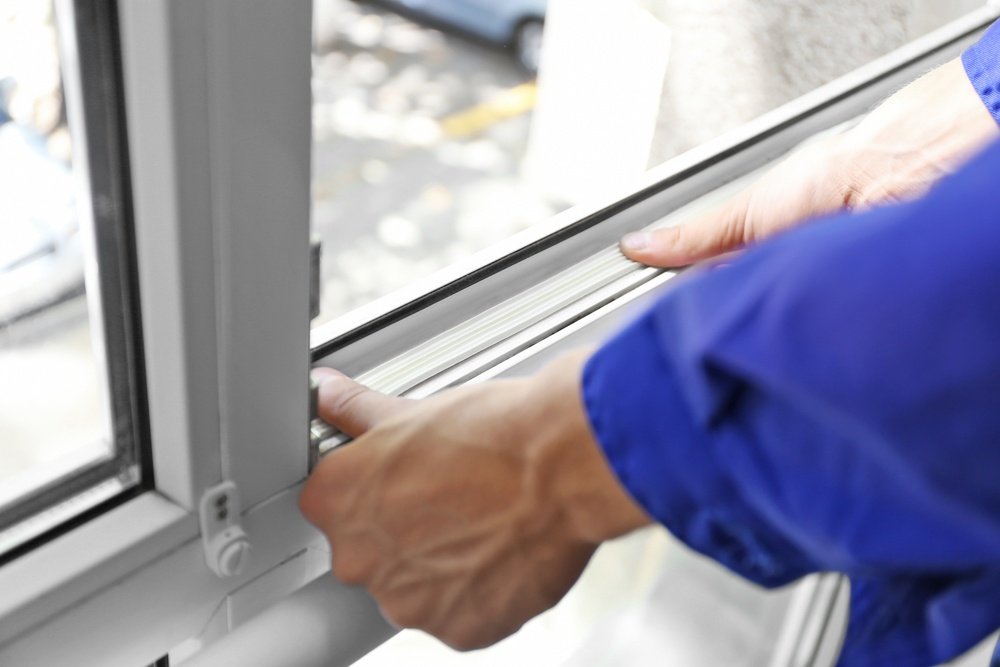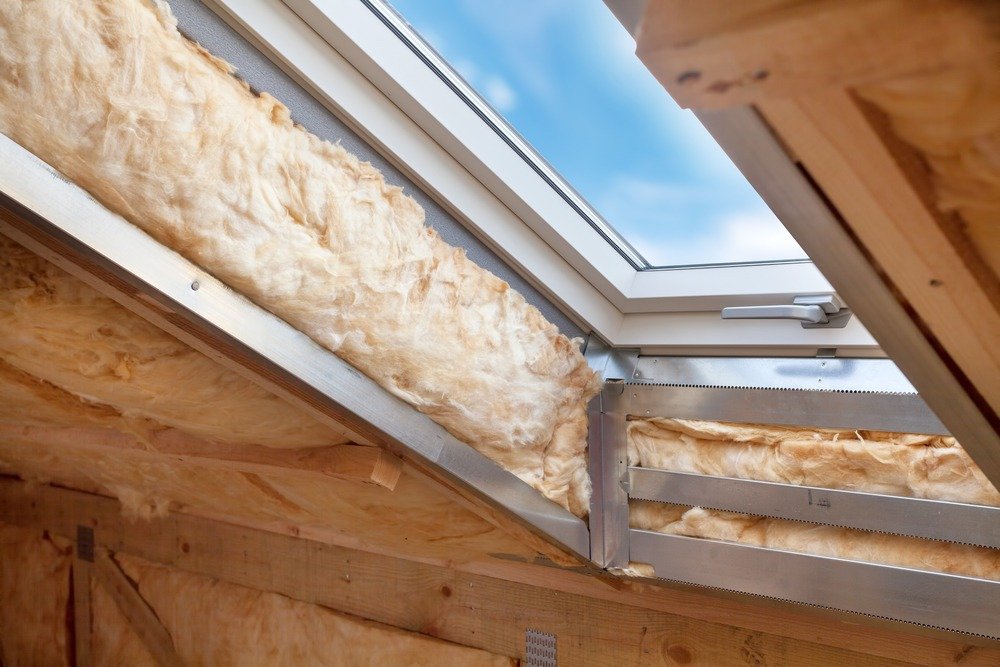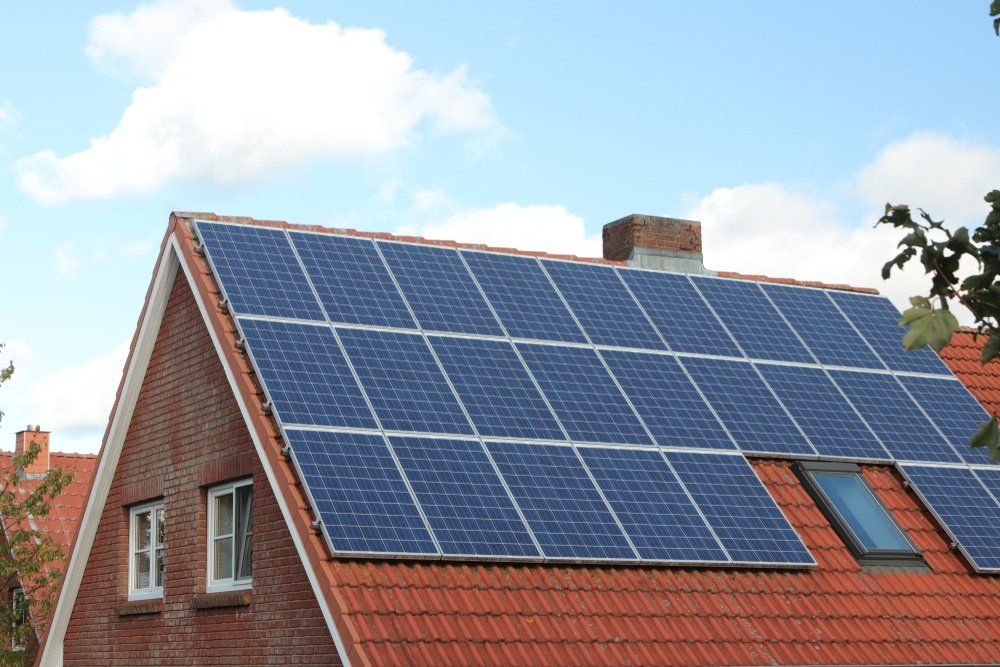12 Tips for Taking Care of Energy Efficient Homes
Saving energy in your home protects not only the environment, but also your pocketbook. Though while most people think saving energy revolves around efficient appliances and solar power, energy efficiency comes in many forms. Preventative home maintenance ensures that your current energy saving efforts aren’t in vain.
To help you save more on your utility bills, we’re bringing you our top five preventative maintenance tips for energy efficient homes.
1. Regularly Clean Your Energy Efficient Home’s HVAC System
HVAC systems either warm and/or cool your home with circulated air. But over time the systems eventually trap dirt, dust, and allergens that diminish your air quality and reduce your energy efficiency. These contaminants keep accumulating until your system starts experiencing everything from simple airflow problems to full-scale mechanical breakdowns.
Changing your HVAC filters once a month is an easy solution to prevent system issues and maintain energy efficiency.
Clean filters remove dirt build-up, aid in proper airflow, and result in less wear and tear on your HVAC system. You should also remember this information even before building an energy efficient home.
2. Maintaining Your Efficient Appliances
Your large appliances, including your refrigerator, dishwasher, and washer and dryers, all consist of multiple moving parts. The more parts in the appliance, the higher risk of breakdown from normal usage. In addition, worn parts can also lead to your appliance working at less than maximum efficiency.
Performing routine preventative maintenance can help keep your appliances and their parts in tip-top shape. For example, clean out dryer vents often to prevent overheating from lint. Refrigerators can lose energy through leaking door seals, and dirty air conditioner filters cause more energy usage to maintain the same temperature.
3. Check Your Water Heater for Heat Loss
Hot water is conventionally stored in tanks or cylinders. However, keeping that water heated and in storage could increase your energy bill.
This is a major hike that may result in a much higher cost without benefiting you much. It’s recommended that you minimize these losses by considering tankless water systems.
Another helpful technology comes in the form of combination and condensing boilers, which can replace a water storage tank. There are again several factors to take into consideration here, such as the size of your building, the number of people living there, and the requirements for hot water on a daily, monthly, and seasonal basis. The installation and additional venting might cost you a pretty penny, but it’ll be worth it to minimize your heat and storage losses.
If you’re not ready to upgrade you appliances yet, check out these tips to making your existing appliances last longer.

4. Check Windows Seals Annually
Seals work by closing the space between the actual window casing and your home’s walls, keeping air from entering or exiting your home.
Old seals can deteriorate and leak, while displaced seals also let air in and out. Your heating and cooling system then works harder to maintain your desired temperature, which in turn increases your energy usage. To avoid this, check your exterior window seals for leaks at least once a year.
During your inspection, walk around the outside of your home to look for visible signs of damage such as cracked or broken seals. Window seals that have gaps or those with other damage should be replaced immediately to maintain energy efficient houses.
- Check Your Insulation Levels
Like window seals, check your home’s insulation levels on a yearly basis. Identifying places with worn insulation helps pinpoint specific areas of energy loss.
For homes with an attic, inspect the height of the insulation throughout the room. Insulation should be an even height throughout the space. Insulation below the floor joists in any portion of the room indicates the potential for heat loss.
Poor wall insulation also hurts your energy efficiency Checking your wall insulation involves removing your outlet covers. Turn off the power to specific rooms and remove the outlets. Looking into the wall should yield visibly thick insulation. If the insulation looks thin, you’re likely losing heat through that room’s walls.
6. Inspect Air Ducts for Efficiency
Air ducts, like your HVAC system, are vulnerable to dirt, grime, and dust. This is especially true of curved air ducts. When contaminants accumulate they impede proper air flow. This results in lost energy, and leaves you paying more for diminished air quality.
To prevent contaminant buildup, contact an HVAC specialist (again, at least once per year) to professionally inspect and clean your ductwork.

7. Maintain Efficient Heating Practices
Energy bills are expected to rise and may even pile up if you let the heating get out of hand. Such costs can make up about half of the total energy consumption from your house every month, so having an efficient system for heating is necessary if you want to minimize your costs.
There are several ways (easy and advanced!) ways to control heating and energy consumption in your home:
- Keep your thermostat no higher than 68 degrees in the winter and no lower than 78 degrees in the summer.
- Turn your thermostat back 7-10 degrees when you are not at home or sleeping (at least 8 hours a day ca save up to 10% a year on heating and cooling!)
- To easily manage your thermostat, install a programmable thermostat with controls for weather compensators.
This will help to manage the heating schedules and ensure that the heat is only on when it’s absolutely necessary.
8. Choose Responsible Lighting Options
It’s essential to consider the various kinds of lighting options for your home. Fluorescent lighting is popular, but LED options are the way to go for any energy efficient house. LEDs release more light and less heat, makng them much more efficient than any other lighting option.
Changing up your lighting might cost you a little more in the beginning. However, LED’s are known for returning their investment very quickly.
What’s even better is that LED bulbs can fit into most light fittings that you may already have in your house. The list of available LED lighting is growing every year, and more options means lower costs so you’ll be saving money as well as time and effort.
9. Select and Place Your Trees Strategically
In addition to being smart about the lighting inside the home, taking care of the outside of your home can also improve and maintain your energy efficiency!
One good idea is to plant deciduous trees on the south and west side of your home. (You may have to change the location according to the geographical location of your house.)
Having this strategic placement of trees will keep your home in the shade when it’s summer. Come autumn, and the trees would have shed their leaves, thus allowing natural sunlight to provide heat for your home.

10. Building an Energy Efficient Home? Go for Proper Orientation
If you are building an energy efficient home, pay attention to orientation and location. For constructing southern-facing windows will help reduce the amount of heat your house takes during the summer. Using such techniques will help in building an energy efficient home by keeping it cool in the warm months and warm in the cold months.
This might require some directional changes as well as some tweaks in designs. Besides considering window glazing on the southern side of your home, you should invest in some sort of shading or overhanging structure that will cool down the whole building.
11. Check If There Is an Option for Heat Recovery
Energy efficient houses usually need some type of heat recovery in their building design. There are now several new technologies that can help with the handing of ventilation systems. These help with recovering heat so that the house wastes as little energy as possible.

12. Generate Personal Electricity
Now that energy costs are consistently rising, most energy efficient homes should have some way of generating their own power or at least help out their heating setups using solar panels or PV thermal systems. This addition can even help in making all the electricity you need, even selling off the excess if there’s more than enough. In the future, energy efficient homes may also be able to store their extra power.
You’ll have to consider the orientation, size, and other factors of your housing situation before you take the leap. You should also know what goes into installing solar panels so you can make a more informated decision before implementing this major change.
Once you’ve created an energy efficient home, you’re going to be reaping huge benefits. Your home will be more comfortable, your utility bills will be lower, and you’ll be helping save the environment for future generations.
But once you’ve installed energy efficient features, it’s vital to make that extra effort to maintain them and keep them as efficient as possible. While preventative maintenance takes time and money, in the long run it will be cheaper and faster than waiting until your energy efficiency starts to plummet. Keeping your home energy efficient just takes a little foresight, and a hands-on attitude. Your wallet will thank you!


